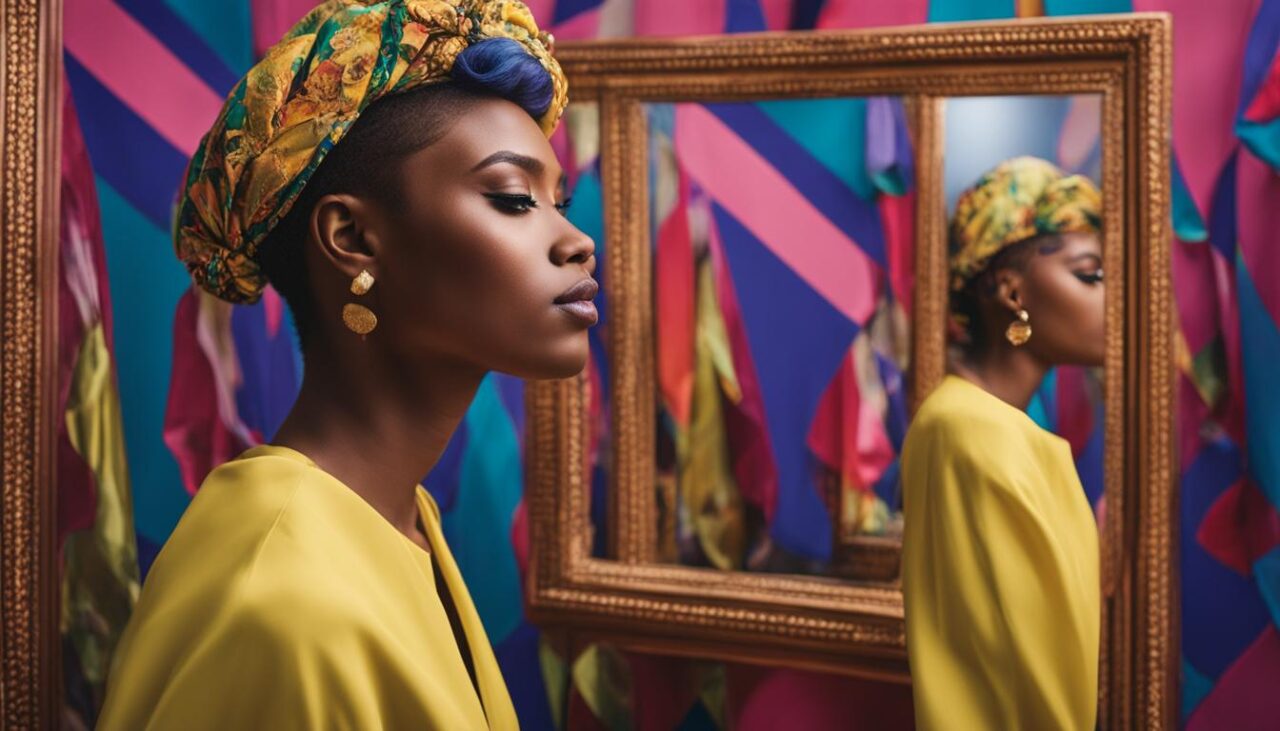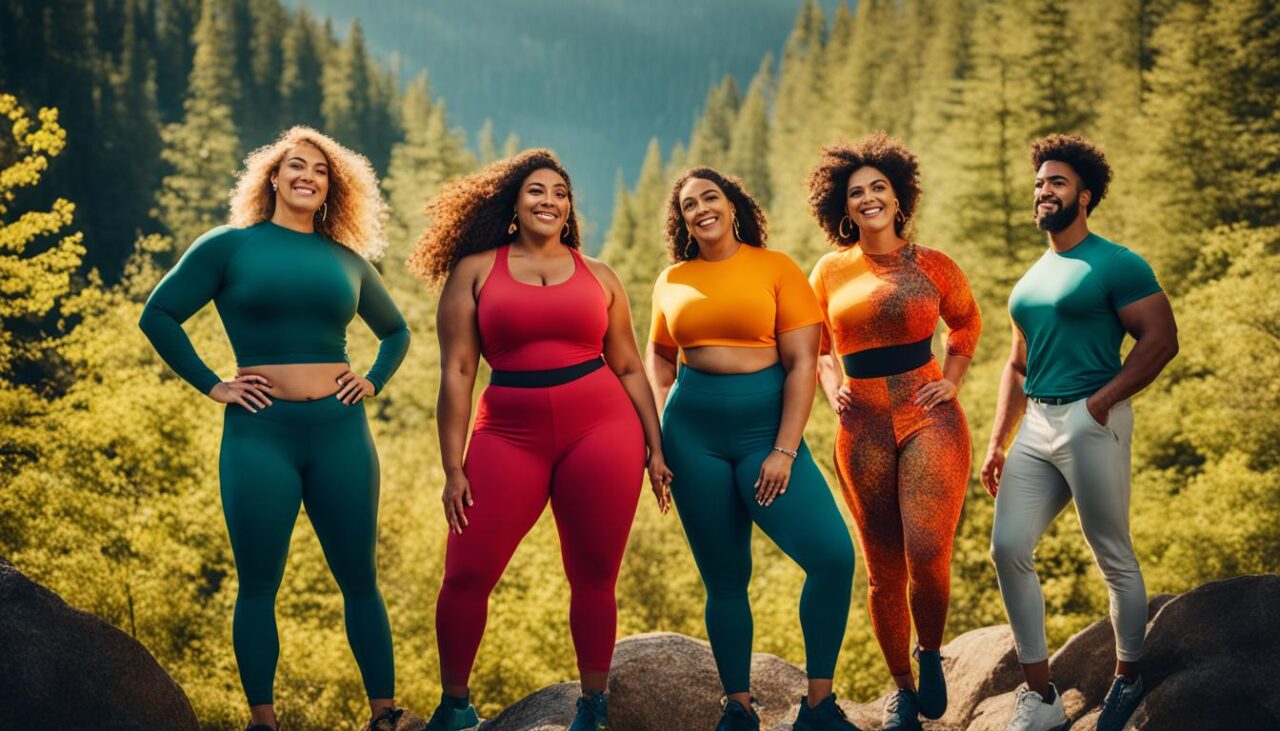In today's society, media plays a powerful role in shaping our perceptions of beauty. For years, traditional beauty standards have perpetuated narrow ideals that are often unattainable and exclusionary. However, there is a growing movement within the media industry to challenge these norms and promote gender diversity and inclusivity in beauty representation.
Representation matters. When media portrays a diverse range of genders and challenges traditional beauty standards, it helps to break down stereotypes and create a more inclusive society. Through advertisements, TV shows, and social media, the media has the potential to redefine what it means to be beautiful for people of all genders.
By showcasing individuals who do not fit traditional beauty norms, media platforms encourage others to embrace their unique features and celebrate their own beauty. This celebration of diversity not only empowers individuals but also fosters a sense of acceptance and belonging.
Moreover, promoting gender diversity in media representation has a positive impact on society as a whole. It enables viewers to develop empathy, understanding, and respect for different experiences and perspectives. It dismantles harmful norms that perpetuate discrimination and inequality, contributing to a more equitable world.
While the media industry has made progress in challenging beauty standards, there is still work to be done. It is crucial for media platforms to continue pushing for representation and inclusivity, ensuring that individuals of all genders feel seen, valued, and respected.
In the following sections of this article, we will delve deeper into how media is redefining beauty, the importance of gender diversity, and the efforts being made to foster beauty inclusivity. By challenging traditional beauty standards and promoting representation, media has the power to create a more inclusive and accepting society, ultimately reshaping the way we perceive beauty.
Redefining Beauty: Challenging Gender Norms and Beauty Standards
In today's media landscape, beauty standards and gender norms are being redefined like never before. The power of media platforms to influence societal perception of beauty cannot be underestimated. Advertisements, TV shows, and social media play a significant role in shaping beauty ideals and, in turn, impacting individuals' self-esteem and body image.
Media has taken the responsibility to challenge traditional norms and promote diverse representations of beauty. By featuring individuals of different backgrounds, body types, gender identities, and beauty standards, media platforms are championing inclusivity and breaking free from outdated beauty ideals.
TV shows and advertisements now emphasize authenticity and celebrate uniqueness, showcasing beauty that goes beyond traditional stereotypes. This gradual shift is empowering individuals to embrace their individuality and redefine beauty on their terms. Moreover, it fosters a sense of belonging and acceptance among those who have felt marginalized by societal norms.

“The media's role in challenging beauty standards has had a profound impact on society. It has given voice to those who were once silenced and inspiration to those who felt invisible.”
This change in media representation has far-reaching effects. Individuals who identify with diverse beauty standards and gender norms can now find relatable content that reflects their reality. This newfound visibility fosters self-acceptance and opens up a world of possibilities for people who once felt excluded.
However, it is important to acknowledge that challenging beauty standards and gender norms is an ongoing process. While progress has been made, there are still hurdles to overcome. Body positivity movements serve as a testament to the continued fight for inclusivity and representation across all spectrums of beauty.
Embracing Authenticity and Celebrating Diversity
By embracing authenticity and celebrating diversity, media has the power to redefine beauty standards and challenge gender norms. This revolution in representation sends a powerful message: beauty comes in all shapes, sizes, colors, and identities.
As consumers, we have the ability to demand change from the media. By supporting brands and content creators that prioritize diversity and inclusivity, we can further fuel the movement towards a more accepting and inclusive beauty industry.
In conclusion, the redefinition of beauty and challenging gender norms by the media have had a transformative impact on society. It has created space for individuals to celebrate their uniqueness and has shattered the notion that beauty is confined to a narrow set of ideals. Moving forward, it is crucial that media continues to champion inclusivity, empower individuals, and foster a world where diverse beauty is not only accepted but celebrated.
The Power of Representation: Why Gender Diversity Matters
Representation matters. In the realm of media, the portrayal of gender diversity holds immense significance. It is essential that various genders are accurately and inclusively represented in order to break stereotypes and foster acceptance within society. When media embraces gender diversity, it has the power to transform perspectives and create a more inclusive and empathetic world.
Gender diversity in media representation goes beyond simply showcasing different gender identities. It involves presenting a range of experiences, stories, and perspectives that reflect the diversity of the real world. This diversity allows individuals from all walks of life to see themselves and their stories reflected, fostering a sense of belonging and validation.
One of the positive effects of diverse gender representation in media is an increase in empathy. When people are exposed to a range of gender identities and experiences, they develop a deeper understanding and appreciation for the unique challenges and triumphs faced by individuals of different genders. This empathy leads to greater acceptance and support for gender diversity, ultimately breaking down barriers and promoting equality.
Moreover, accurate and inclusive gender representation in media empowers individuals to embrace their authentic selves. When individuals see positive and relatable portrayals of people who share their gender identity, they are more likely to feel validated and confident in their own identities. This empowerment cultivates a strong sense of self and fosters a positive self-perception, which can have a profound impact on mental health and overall well-being.

However, it is important to note that achieving gender diversity in media representation is an ongoing endeavor. Despite progress being made, there are still significant challenges to overcome. Stereotypes and traditional beauty standards continue to persist in various forms of media, and marginalized genders often face underrepresentation or misrepresentation.
It is crucial for media platforms and content creators to prioritize diversity and inclusivity, actively seeking out and amplifying the voices and stories of individuals of all genders. By doing so, media can play a powerful role in dismantling harmful narratives, promoting acceptance, and shaping a more inclusive society.
Fostering Beauty Inclusivity: Media's Role in Embracing All
In today's digital age, media representation plays a crucial role in shaping societal perceptions of beauty. The traditional notion of beauty has long overlooked the diversity that exists in our world. However, there has been a significant shift in recent years, with the media industry taking progressive steps towards challenging beauty standards and embracing inclusivity.
One of the significant changes we've witnessed is the rise of body positivity movements. These movements have gained momentum in advocating for the acceptance and celebration of all body types. Influencers, celebrities, and brands have come forward to promote the idea that beauty comes in various shapes, sizes, and colors. Through social media platforms, they have created a space where individuals feel empowered and represented, regardless of their appearance.
Moreover, the advertising and fashion industries have joined the revolution of embracing inclusive beauty standards. Brands are now featuring models from diverse ethnic backgrounds, body types, and gender identities in their campaigns. The media's commitment to showcasing a wide range of beauty has played a vital role in challenging societal norms and redefining what it means to be beautiful.
However, despite these positive strides, there remain ongoing challenges in challenging beauty standards. Negative portrayals of beauty still persist in certain sectors of the media, perpetuating unrealistic ideals and damaging self-esteem. Addressing these challenges requires a continued commitment from the media industry to prioritize representation and inclusivity, ensuring that individuals from all walks of life feel seen and celebrated.







